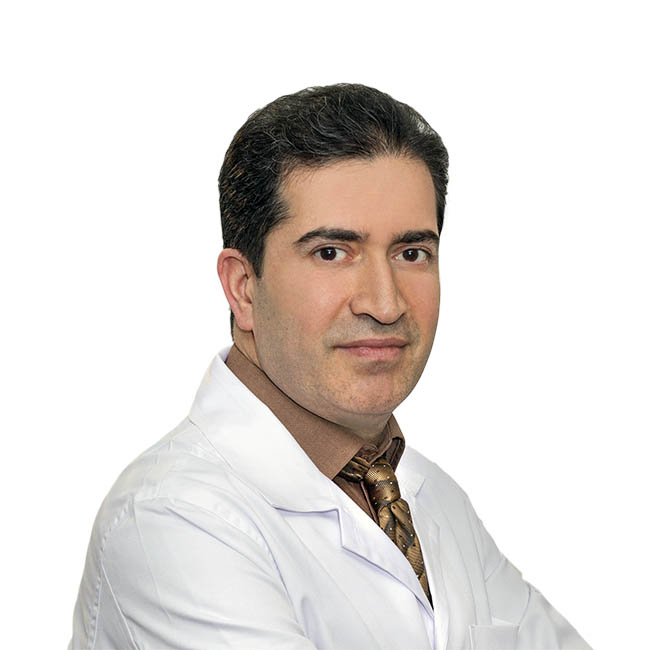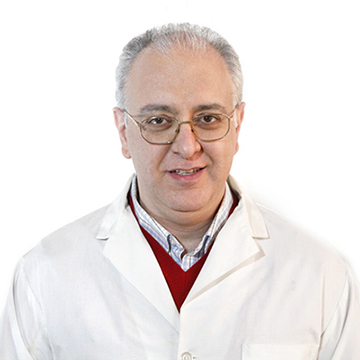TTE (Transthoracic Echocardiography)
Transthoracic Echocardiography (TTE): Advancing Cardiac Imaging for Comprehensive Diagnosis
In the realm of modern medical science, sophisticated technology has paved the way for diverse approaches to disease identification and treatment, enhancing our ability to explore the inner workings of the human body. Among these advanced imaging systems, echocardiography stands out as a highly versatile tool for the recognition and assessment of internal cardiac pathologies.
Echocardiography, often referred to as ultrasound of the heart or "echo of the heart," employs high-frequency sound waves to visualize the internal structures and functions of the heart. This non-invasive imaging technique holds significant promise for standardizing the diagnosis of various cardiac conditions and diseases.
Transthoracic echocardiography (TTE) is a specific modality of cardiac echography, also known as echo through the chest. In TTE, sound waves are directed through the chest, passing between the ribs to capture detailed images of the heart. The procedure involves positioning the patient on a bed, typically lying on the left side with a partial leftward tilt. The physician or operator stands on the patient's right side (in some cases, the backside), and employing an echo probe device that emits ultrasonic waves, places it in the intercostal space with optimal wave transmission. With the other hand, the operator adjusts the device's direction and examines the images displayed on the transthoracic echocardiography (TTE) equipment.
It is worth noting that in certain scenarios, to obtain images of the heart effectively, the patient assumes a supine position with the legs folded towards the stomach. In this case, the echo machine is positioned on the lower part of the sternum (upper abdomen). Additionally, for TTE aimed at imaging the aorta and other fundamental heart structures, the patient's head is slightly elevated, and the probe device is placed above the sternum.
Transthoracic echocardiography (TTE) plays a crucial role in cardiac assessment, and it is ordered by cardiologists based on specific diagnostic indications, including:
Evaluation of Heart Contractility: Transthoracic echocardiography provides valuable insights into cardiac contractility, offering a rapid and accurate assessment of heart function and the severity of heart muscle failure. Furthermore, this method facilitates the evaluation of heart wall thickness in the context of chronic conditions such as valvular heart disease or hypertension, and it aids in assessing the overall shape of the heart and the motion of its walls.
Assessment of Heart Chamber Size and Function: With TTE, the four main heart chambers - the right and left ventricles and atria - can be meticulously examined. Enlargement of heart cavities, the presence of blood clots, or tumors within these chambers can be readily identified.
Detailed Examination of Cardiac Valves: Transthoracic echocardiography enables precise evaluation of heart valves, detecting conditions such as stenosis or regurgitation.
Measurement of Blood Vessel Pressures: This method allows accurate investigation of the main vessels, including the aorta, responsible for supplying blood to internal organs, enabling precise pressure measurements.
Identification of Pericardial Abnormalities: TTE facilitates the detection of fluid accumulation or calcifications around the heart, aiding in the diagnosis of pericardial pathologies.








